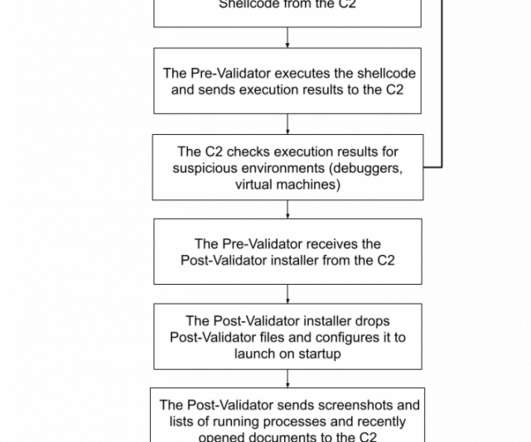Cyber CEO: The History Of Cybercrime, From 1834 To Present
Herjavec Group
AUGUST 26, 2021
They hack into their teacher’s account and leave messages making fun of him. Air Force research facility, discover a password “sniffer” has been installed onto their network, compromising more than 100 user accounts. 1998-2007 — Max Butler — Max Butler hacks U.S. 1998-2007 — Max Butler — Max Butler hacks U.S.













Let's personalize your content